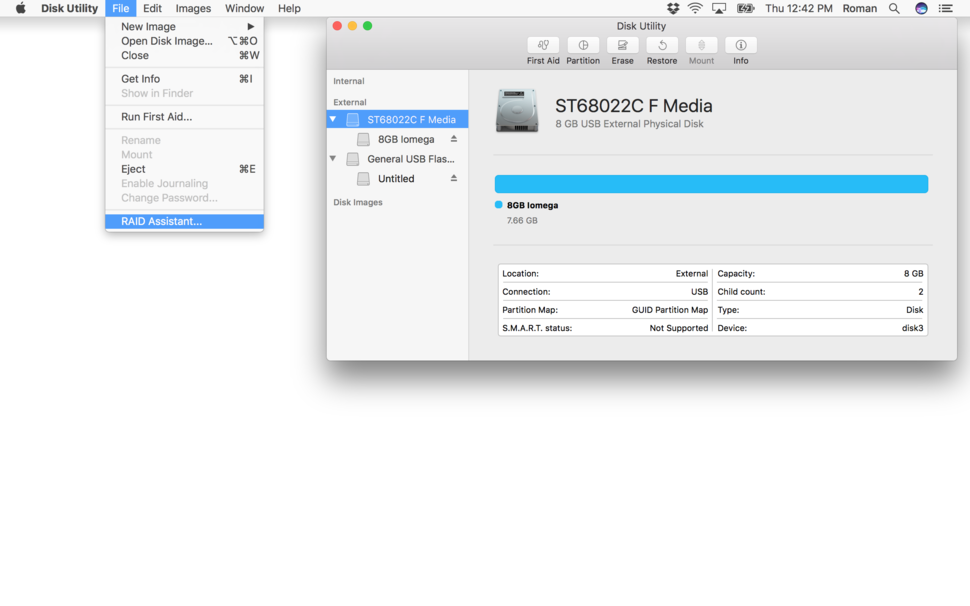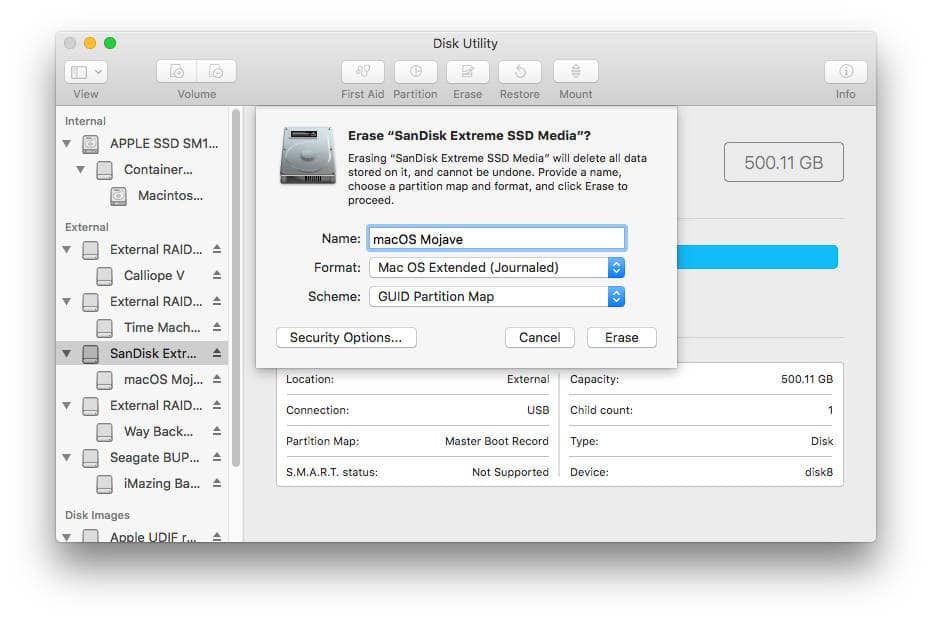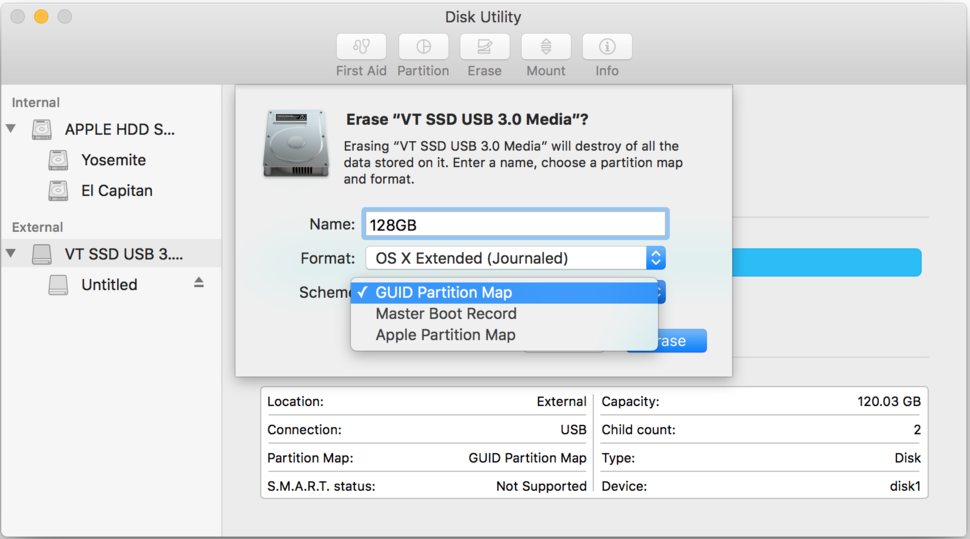Mac Disk Utility Disc Download
- Mac Disk Utility Disc Download Torrent
- Free Mac Disk Utility
- How To Access Mac Disk Utility
- Mac Disk Utility Disc Download
Drag the disk icon to the Trash. Is a simple, freeware, program that opens the CD tray on most Macintoshes. It is compatible with all pre-OS X Macs. How to Force-Eject the Disc from a Mac? All Mac models released in a classic thick case are equipped with a built-in optical drive for reading optical CDs or DVDs. Feb 05, 2020 If you can’t boot in macOS to perform hard disk repair using any of the 10 tools listed above, you need to restart your computer in macOS Recovery and repair the hard disk using Disk Utility: Turn on your Mac and press and hold Command-R. Select Disk Utility from the utilities window and click Continue. Choose View and select Show All Devices. If you’re having problems with a disk, Disk Utility can check the disk and repair problems it detects. How to repair a disk To explore the Disk Utility User Guide, click Table of Contents at the top of the page,. Restart your Mac. Immediately hold down the Command (⌘) and R keys after you hear the startup sound to start up in OS X Recovery. When the Recovery window appears, select Disk Utility then click Continue. Select the indented volume name of your startup disk from the left side of the Disk Utility window, then click the Erase tab.
Problem: Your Mac OS Extended volume should have its journal turned on, but for some reason, it does not. Now you are at greater risk for data loss if your machine crashes or your hard drive loses power. How can you re-enable journaling for your volume?
Mac Disk Utility Disc Download Torrent
Solution: Starting with Mac OS X 10.2, Apple added support for Mac OS Extended journaling. Since Mac OS X 10.3, the option to use the journal is turned on by default, which means your Mac’s hard drive is journaled, unless you have specifically disabled this feature.
When a hard drive has a journal, it writes (in the journal file) the changes it is about to make to the special files and then makes the changes. It is like having a backup of the list of changes that need to be made. That way, if the computer crashes or loses power while writing to the special files, they are not irreversibly damaged. Instead, the hard drive reviews the journal entries, and when it sees that the current contents and locations of the special files do not match what is in the journal, it reverts the special files to a previous journal entry. This does mean that the last file being written is lost or corrupt, but this would have been true even without the journal. With the journal, your remaining files are intact.

Free Mac Disk Utility
Manually turn journaling on in Apple’s Disk Utility:

How To Access Mac Disk Utility

- From the disk pane on the left side of the window, select the name of the volume on which you wish to enable or disable journaling.
- Select the green icon on the Disk Utility toolbar, called “Enable Journaling.” If the icon is grayed out, this means the volume is either already journaled or does not offer that feature.
- (If the green icon “Enable Journaling” does not appear on toolbar, right-click on some empty space in the toolbar, select “Customize Toolbar” from the contextual menu, and add the icon to your toolbar.)
You cannot use Disk Utility to enable the journal on the volume used to boot Mac OS X. This means if you want to enable the journal on your internal hard drive, you must boot from another disk that contains Mac OS X, such as a recovery partition or installation DVD.

Turning journaling on is as simple as a mouse click in Disk Utility
Mac Disk Utility Disc Download
You cannot disable a volume’s journal from Disk Utility. To disable a volume’s journal, run the following command from a Terminal shell:diskutil disableJournal /dev/diskXsY
(where X is the disk number and Y is the disk’s slice/volume number)

-Step-1.jpg/v4-460px-Create-Disk-Images-with-Disk-Utility-(Mac-OS)-Step-1.jpg.webp)